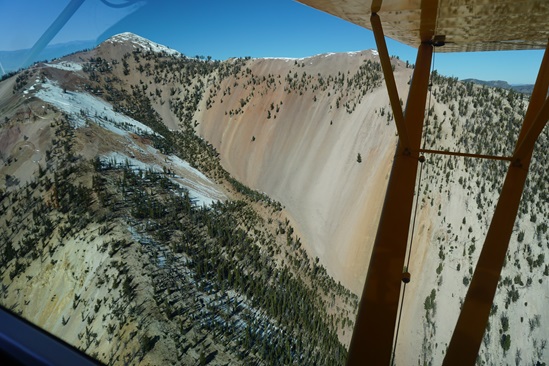Flight Training: How Do I Make It Work?
Thoughts and tips on flight training from our staff
No matter where you are in your flight training journey, finding the time to study, take flight lessons, apply for your medical certificate, and more, can be mentally draining. Whether you are young and still living at home with few financial obligations or are a parent of three who has a house and car to pay for, flight training can be daunting to begin or challenging to get through when you hit those learning “humps.”
We understand that for some, flight training—whether you are looking to obtain your Sports license or Commercial License—is not a linear path. We have talked to people who went through all their training in one year and others who took ten years, with many gaps in between. There is no right way or best way—it is all about what works for you.
We reached out to a few of the staff at AOPA, all who have varying flight training experiences, and collected their tips for how to manage your time during flight training, prepare before you enter the world of flying and flight training, and get back in the swing of things when you have taken a break, one that is probably needed.
We hope these stories and recommendations can provide encouragement and inspiration for you to keep going at any stage and to always remember that you have an entire aviation community to fall back on when you are feeling like you don’t know what to do next or how to take the next step.
Tips from Kevin:
I am a private pilot—all of my flying is GA for fun and work. I mostly fly cross-country flights to go to visit friends or check out airports and cities I’ve never been too. It’s pretty cool hopping around different states all day and coming home for dinner.
I started my flight training in San Diego, CA while in high school. It was difficult at the time because I had no car and a part-time job, so I had to rely on my parents to drive me to the airport which limited my schedule on when I could fly. Due to this, I knocked out all my ground school training first and started on flying 1-2 hours each week. My flight training took a pause when I graduated and move to Las Vegas for college. The first two years in Vegas were busy, I was a full-time student and held a full-time job. I eventually saved enough money to start my training again in my junior year—having finished all my ground school helped a lot to pick up where I left off. Getting my training and studying down while in college and holding a full-time job was pretty tedious, but with proper planning and prioritizing, anything can be done. Sometimes you have to miss out on hanging out with friends to go out to get your flight lessons in. What encouraged me to take it seriously and finish my private training was just wanting to dive into the aviation full-time and continue in the industry after college.
My go-to tips for people starting initial flight training is to realize that it’s not difficult, just extremely tedious. You might hit a wall because the content is dense, and you keep making the same mistakes on your flight lessons but trust me it’s just because everything is completely new. It’s like learning a new language. For your first 20-30 hours, your brain will feel fried after each lesson, that’s good. You got to reprogram your brain to think in this new environment. At the end of the day, if you set your mind to it and you truly want it, you’ll be able to accomplish it. Oh yeah, also don’t get discouraged by the progress of others, be inspired by it, and help each other out.
Tips from Alicia:
I had a nearly ideal training situation when I earned my private pilot certificate. I was 19, lived at home with minimal expenses, and was able to devote most of my time and income to flight training. Money goes quickly, though, especially when you get to the cross-country phase of training, and there were times I had to delay or cancel lessons until the next payday.
My best advice is to have money set aside for training before you start. Gaps in training are expensive and frustrating—you’ll likely have to cancel lessons due to weather anyway, and if you can avoid canceling due to finances, you’ll help yourself succeed. I’m a CFI now, and the students who earn their certificate in the fewest hours are the ones who fly the most consistently. With consistent lessons, you’ll retain what you learn more effectively, progress at a faster rate, and likely end up paying less money in the end since you won’t have to repeat (as many) lessons.
Tips from Nick:
I have been a somewhat sporadic student pilot for the last three years but am now, finally, just a few short weeks away from my check ride in a Cessna 172. Balancing a full-time job, a young family and the complexities of flight-training as a resident alien has sometimes made it challenging to keep the momentum going. I tend to fly very early in the morning, when the air is less lumpy and before life’s more pressing responsibilities are awake and wanting their breakfast.
In the evening and on weekends I have been studying for the oral exam. Initially rather overwhelmed by the amount of information available, I have found that limiting myself to one good exam prep guide, the FAR/AIM, and my plane’s POH has helped me focus on what I need to know for the check ride.



